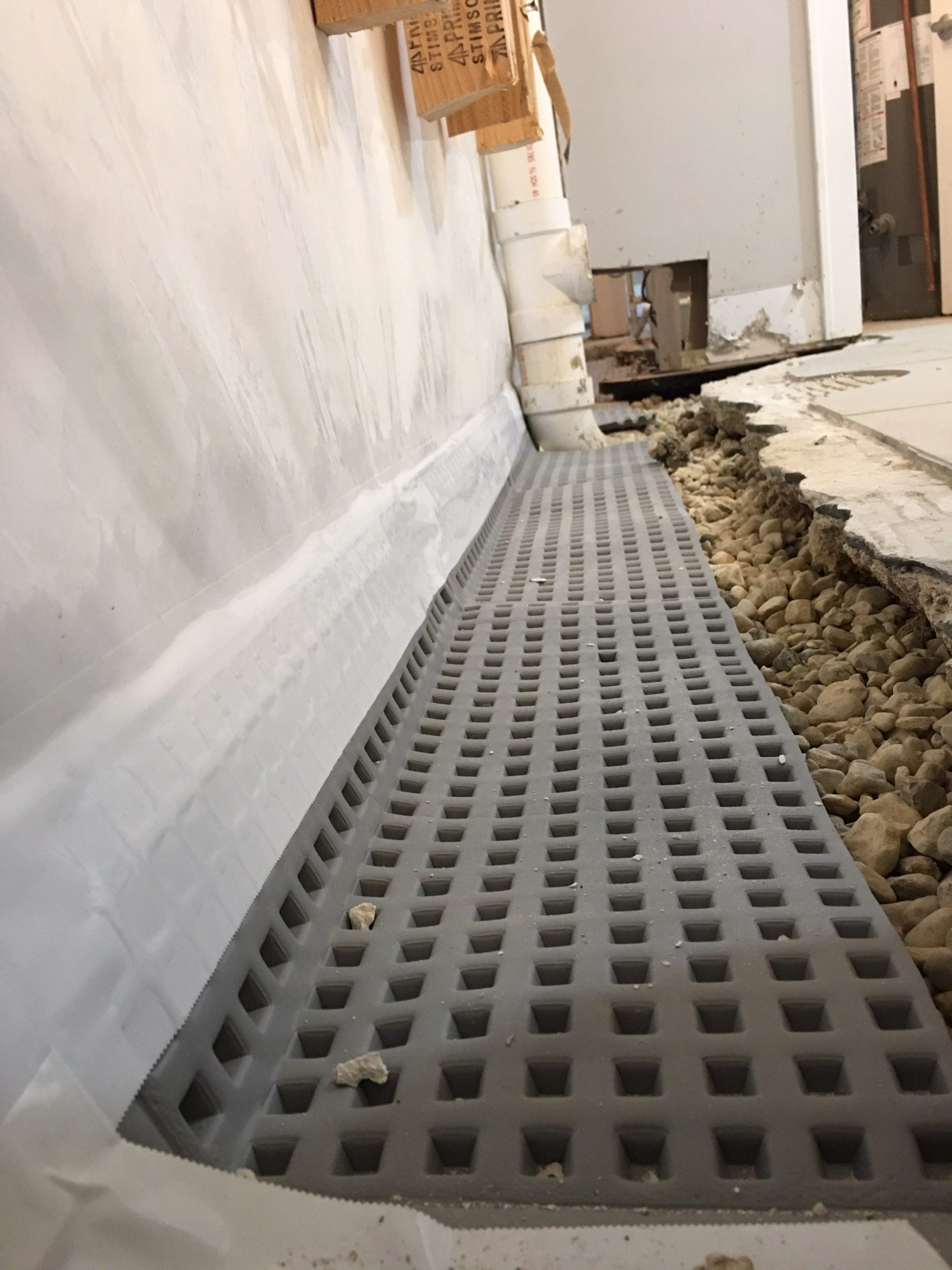Recognizing the Relevance of Structure Waterproofing for Long-Lasting Structural Stability
In the realm of residential property maintenance, structure waterproofing stands as a pivotal factor in safeguarding structural stability. While usually forgotten, the threats presented by water breach can lead to costly and comprehensive damage that threatens the really structure of a building. Understanding the nuances of waterproofing can reveal just how it acts as a vital defense device versus these threats.
Dangers of Water Intrusion
Water invasion's effect on a framework can be substantial, leading to a host of possible problems that jeopardize the stability of a building's foundation. As wetness seeps into the structure, it can compromise the architectural parts, resulting in cracks and erosion over time.
In addition, water intrusion can add to the degeneration of building products. In addition, water intrusion commonly leads to enhanced humidity degrees within the building, which can influence electric systems and other infrastructure.
Another considerable risk associated with water invasion is soil instability. Excess wetness can modify the structure of the soil surrounding the foundation, bring about unequal settling and further structural damages - basement waterproofing Toronto. Promptly dealing with water invasion is critical to maintaining the longevity and security of any type of structure

Benefits of Waterproofing
Applying foundation waterproofing is an essential action in safeguarding a building from the destructive results of water intrusion. One of the key advantages of waterproofing is the preservation of structural stability. Water seepage can deteriorate the foundation, bring about fractures, weakening the total structure, and potentially resulting in costly repair services. By producing an obstacle versus moisture, waterproofing helps maintain the foundation's strength and toughness over time.
In addition, waterproofing considerably boosts indoor air quality. Wetness infiltration can foster mold and mildew and mildew growth, which not just harms building materials however also presents health risks to passengers. An effectively waterproofed foundation minimizes these risks, adding to a much healthier interior setting.
In addition, waterproofing raises building value. A well-protected foundation is an appealing function for potential buyers, as it shows positive upkeep and lowers the likelihood of future architectural concerns. This financial investment not just safeguards the current state of the property but also adds long-term worth.
Finally, structure waterproofing adds to energy effectiveness. By preventing dampness from getting in the structure, it aids in preserving regular indoor temperatures, hence reducing the requirement for excessive heating or cooling and leading to energy cost savings.
Typical Waterproofing Techniques
When it pertains to protecting a building's foundation, choosing the ideal waterproofing method is critical for efficient protection versus dampness breach. Numerous strategies are utilized based on the details needs and problems of the framework. One of one of the most common approaches is the application of liquid waterproofing membranes. These membranes, often made from polymers, are used as a fluid to create a seamless, resilient obstacle against water penetration.
An additional widespread method is the installment of sheet membrane layers, which are pre-formed sheets of water-proof product, commonly asphalt or polyvinyl chloride (PVC), that are abided by the foundation walls. These sheets offer durable defense and are particularly efficient in areas with high groundwater degrees.
Cementitious waterproofing is one more widely-used option, specifically in new buildings. This involves applying a cement-based substance mixed with ingredients to produce a water resistant finish. It is simple to apply and cost-effective, making it a preferred selection for domestic buildings.

Indicators of Structure Damages
To keep the honesty of a structure's structure, recognizing the signs of potential damage is as important as selecting Related Site the appropriate waterproofing methods. Timely identification of these indicators can prevent costly repairs and ensure long-lasting architectural security. Among the most apparent signs of foundation damages is the look of fractures in the walls, floors, or structure itself. These can differ in shapes and size, but stair-step or straight cracks usually suggest substantial architectural problems.
Unequal floors are an additional typical symptom, typically created by the settling or moving of the foundation. Home owners may have a peek here additionally observe doors and windows ending up being difficult to open up or close, suggesting potential imbalance due to structure movement. Water invasion signs, such as moisture, mold, or mildew in the cellar, suggest poor waterproofing or drainage concerns, which can intensify structure problems.

Choosing the Right Contractor
Picking the best specialist is crucial for making sure effective foundation waterproofing jobs. Begin by looking into potential professionals with a tried and tested track document in foundation waterproofing.
It is vital to get numerous price quotes to contrast prices and range of work provided by each professional. Be cautious of estimates that are significantly reduced than others, as this might show subpar materials or workmanship.
Verify their understanding of neighborhood building codes and laws to prevent possible compliance problems. By taking these actions, you can select a service provider who will supply quality, long lasting waterproofing solutions.
Final Thought
Structure waterproofing is crucial for keeping architectural integrity and preventing possible damages triggered by water intrusion. By applying reliable waterproofing techniques, the risks of mold and mildew development, material damage, and dirt instability are considerably reduced.
In the world of residential property maintenance, structure waterproofing stands as an essential more information element in safeguarding architectural integrity.Applying foundation waterproofing is an essential action in protecting a structure from the harmful results of water invasion. One of the most apparent signs of structure damage is the look of fractures in the wall surfaces, floors, or structure itself. Water invasion indicators, such as moisture, mold and mildew, or mildew in the cellar, suggest insufficient waterproofing or drainage problems, which can exacerbate structure troubles.
Foundation waterproofing is essential for preserving architectural integrity and protecting against potential damages caused by water invasion. - basement leak repair Toronto